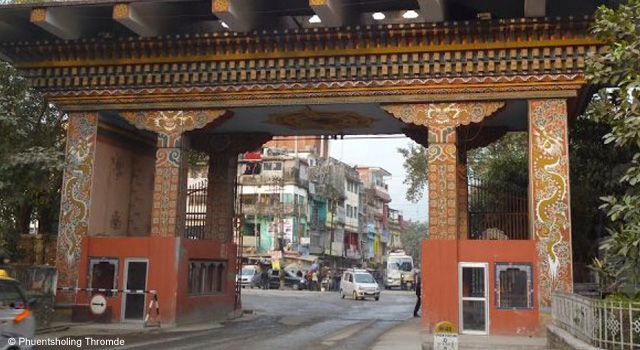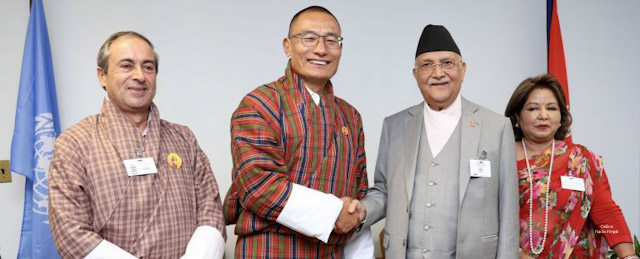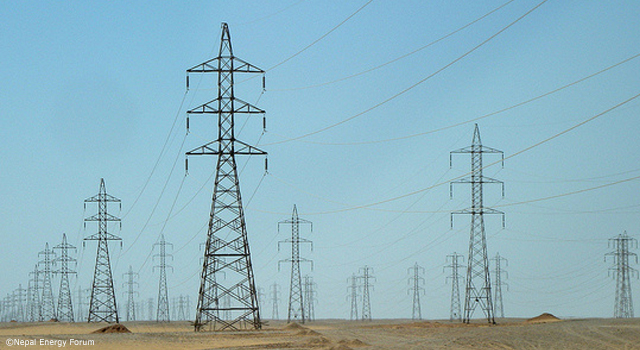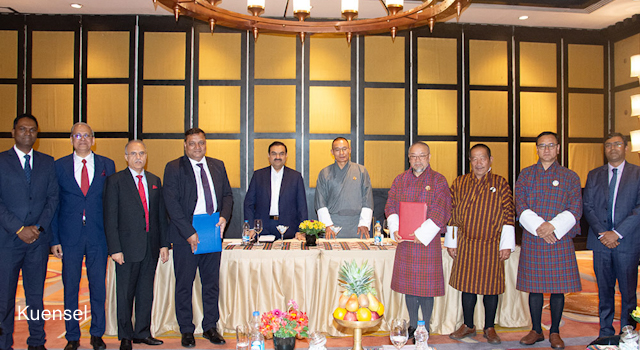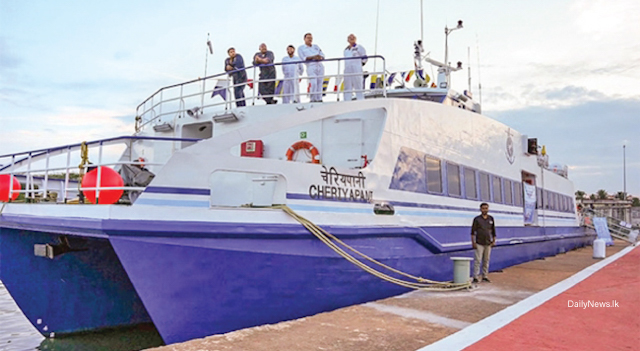
SASEC Operational Plan Launched in Nepal
7 November 2016
The SASEC Operational Plan, which aligns and brings together all SASEC sectoral strategies, was launched in Kathmandu, Nepal on 7 November 2016. With 37 of the 200 planned projects set to be implemented in Nepal, the Government’s policy reform efforts to integrate with global markets is set to receive a significant boost, especially given the priority areas of focus in the Operational Plan: transport, trade facilitation, energy, and economic corridor development.
Identifying more than 200 potential SASEC projects worth around $120 billion in investments in Bangladesh, Bhutan, India, Maldives, Nepal, and Sri Lanka, the Operational Plan aims to bring regional cooperation to a higher level, and expand linkages of SASEC member countries further toward East and Southeast Asia.
Of the planned projects, 37 are set to be implemented in Nepal with an estimated cost of over $30 billion—24 transport projects (worth $6 billion), and 13 energy projects ($24 billion).
According to Mr. Kenichi Yokoyama, Nepal Country Director for the Asian Development Bank, SASEC investments in transport, energy, and urban infrastructure investments combined with trade facilitation and investment promotion programs in manufacturing and other competitive industries will provide great opportunities to accelerate economic growth and job creation. With a population of around 400 million in adjacent states of India alone, there could be a vast market for Nepal products in the future. Strengthening linkages between South and Southeast Asia would also open untapped economic opportunity.
Mr. Baikuntha Aryal, Joint Secretary, Ministry of Finance, Nepal, emphasized the immense benefits that Nepal could reap from regional cooperation, including improved connectivity with neighbors, and reduced border barriers to goods and service trade. The Government’s policy reform efforts to integrate with global markets will receive a boost, especially given the priority areas of focus in the Operational Plan: transport, trade facilitation, energy, and economic corridor development.
Related Links:






